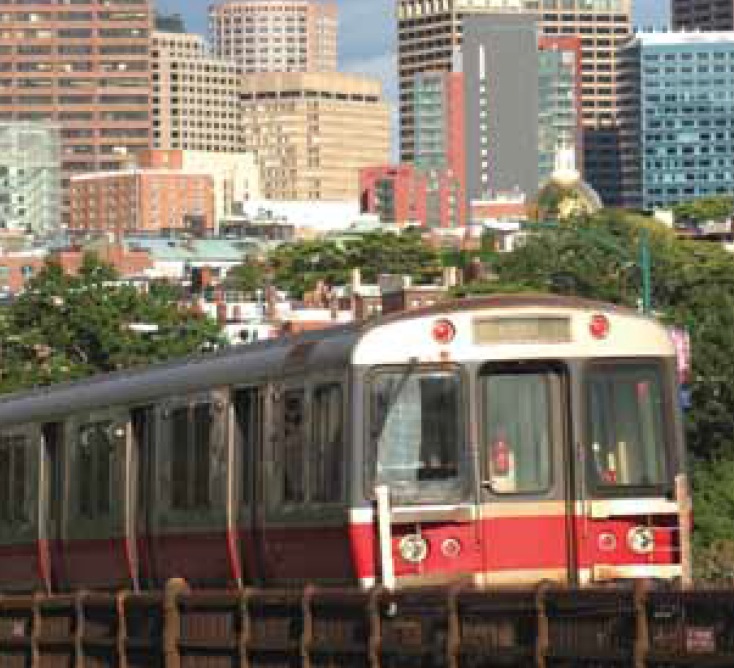
ENO CENTER FOR TRANSPORTATION
TRANSITCENTER
…Could regional governance be at the root of problems faced by transit systems in other regions? Some regions have struggled to create universal farecards with updated technology. Other regions have targeted investment to new projects while neglecting the core network. Many regions struggle with coordinating service and interfaces between different operators or transit modes. If regions attempt to solve these problems without resolving their governance issues, they—like Chicago—may be fighting a losing battle.





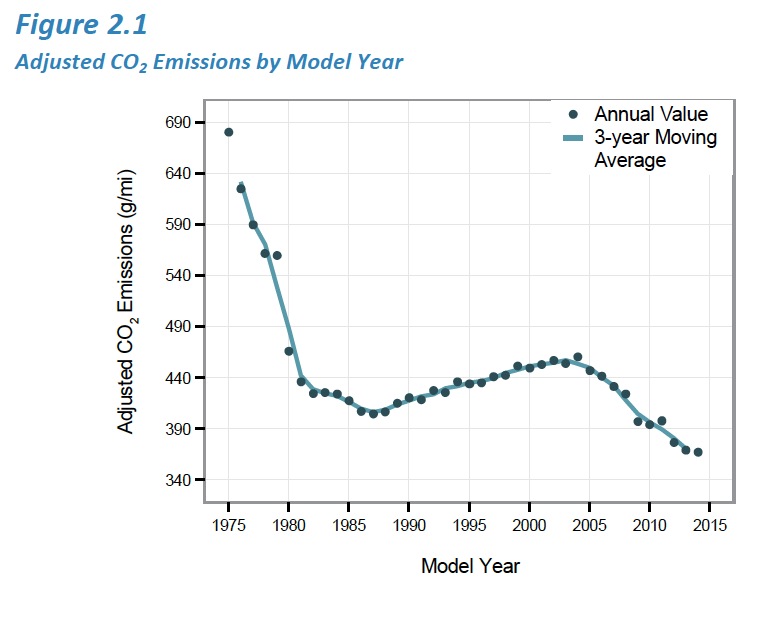

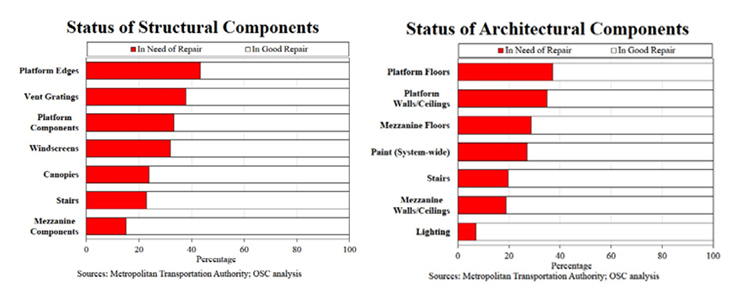
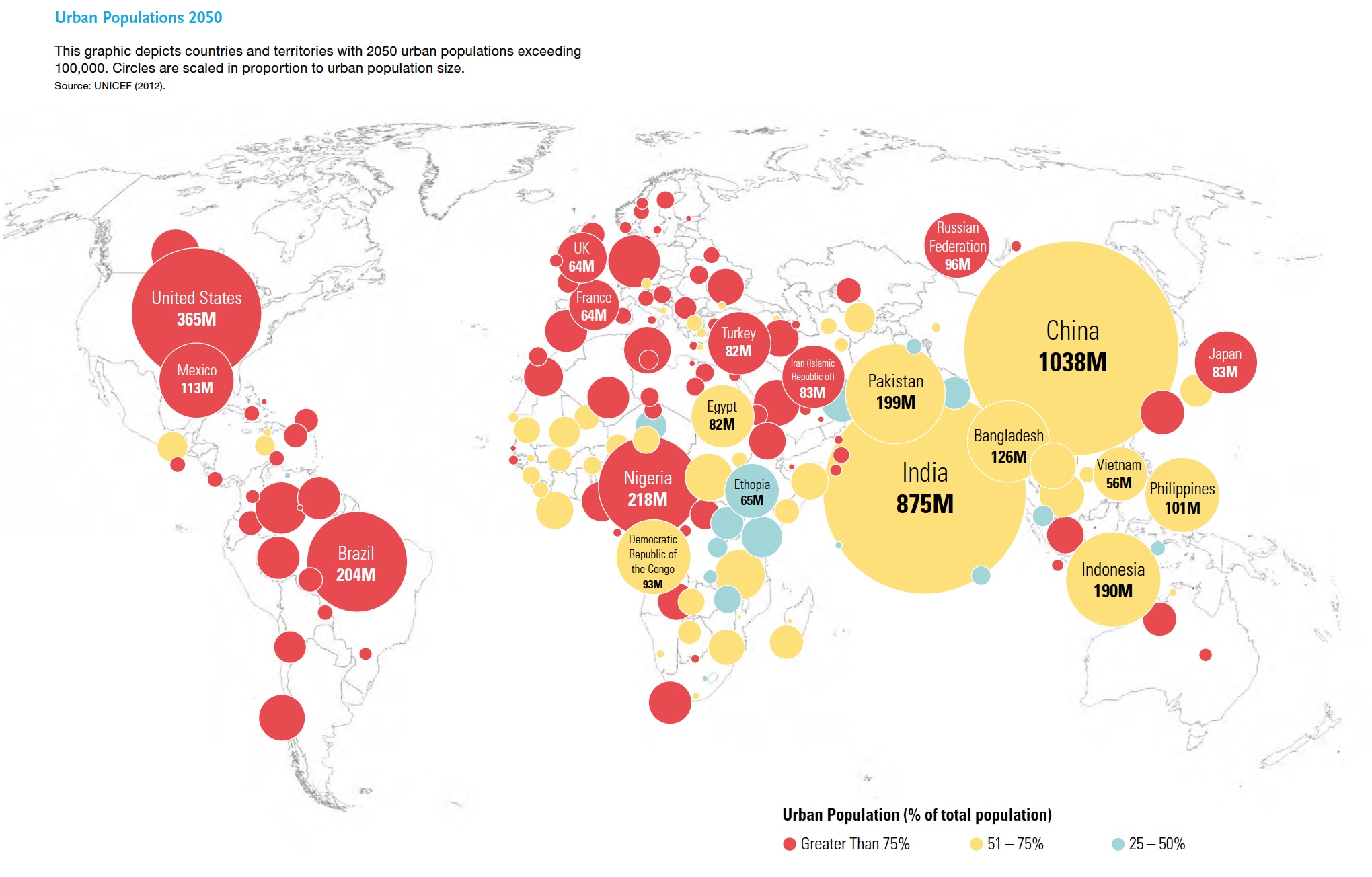
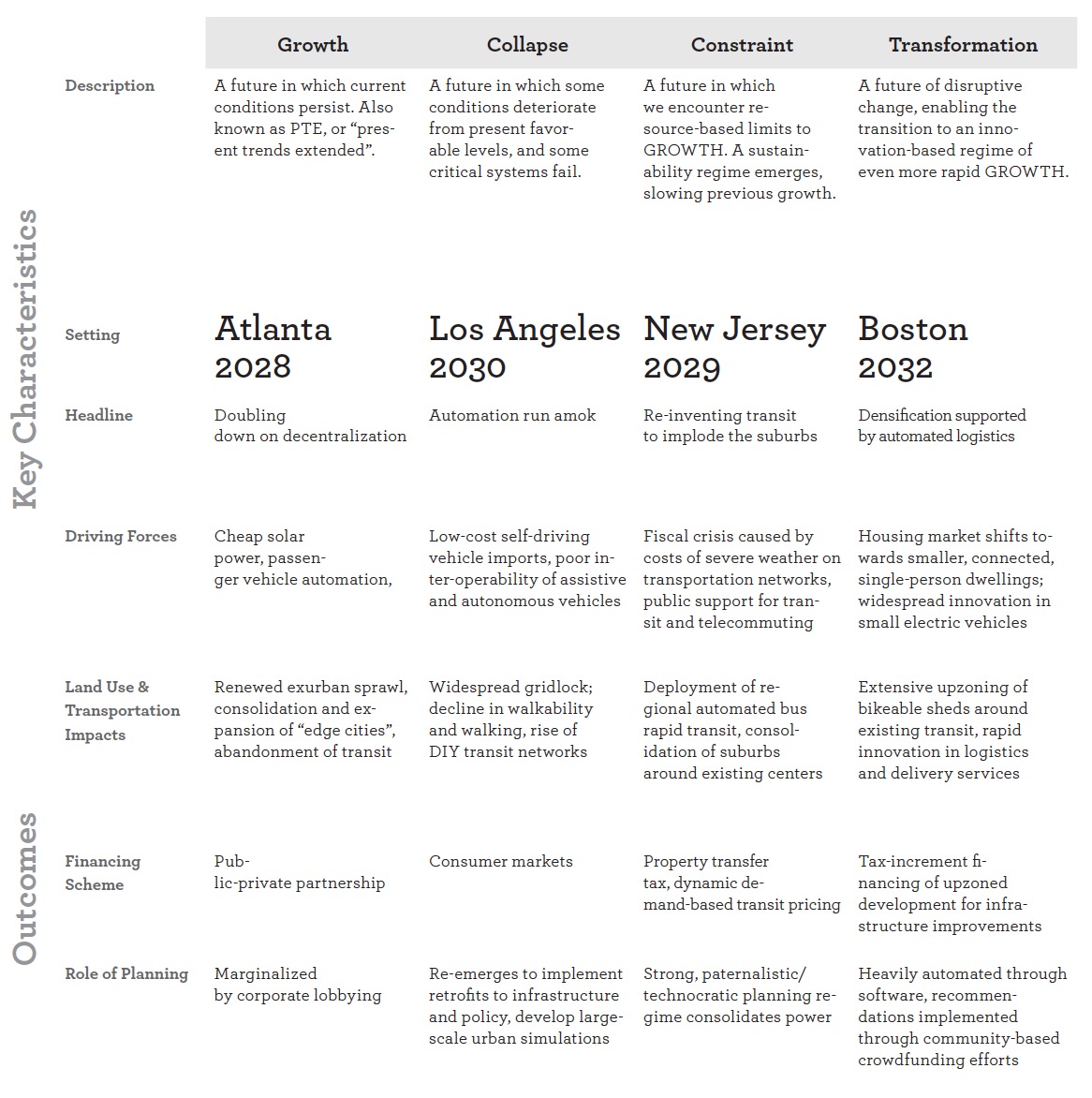
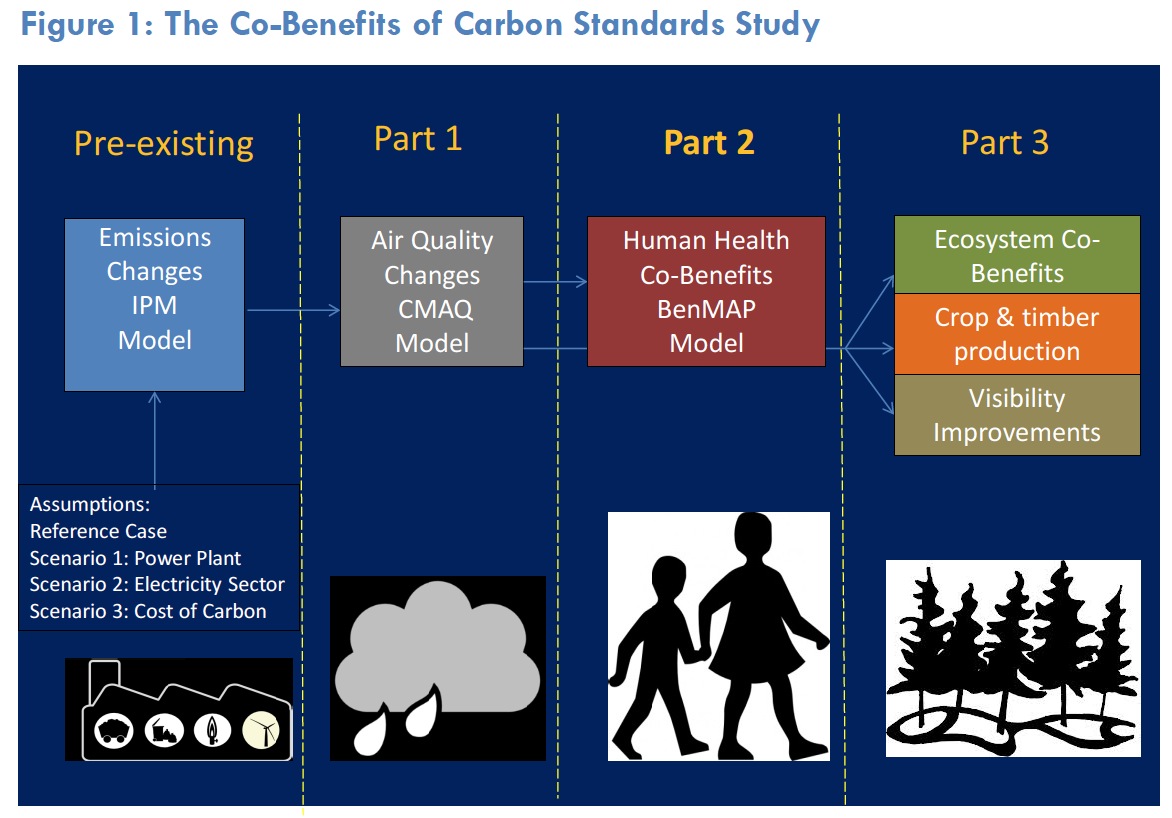
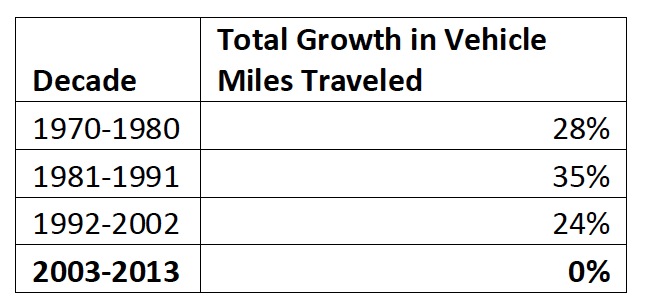

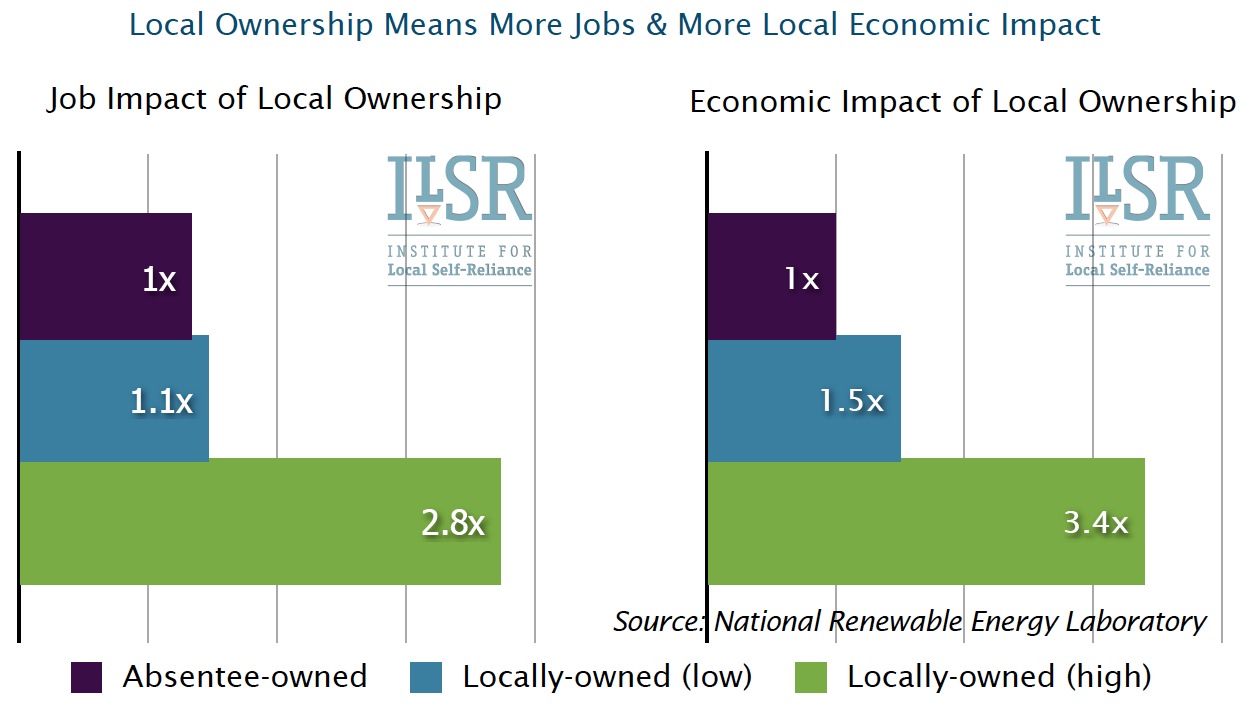

 RSS Feed
RSS Feed